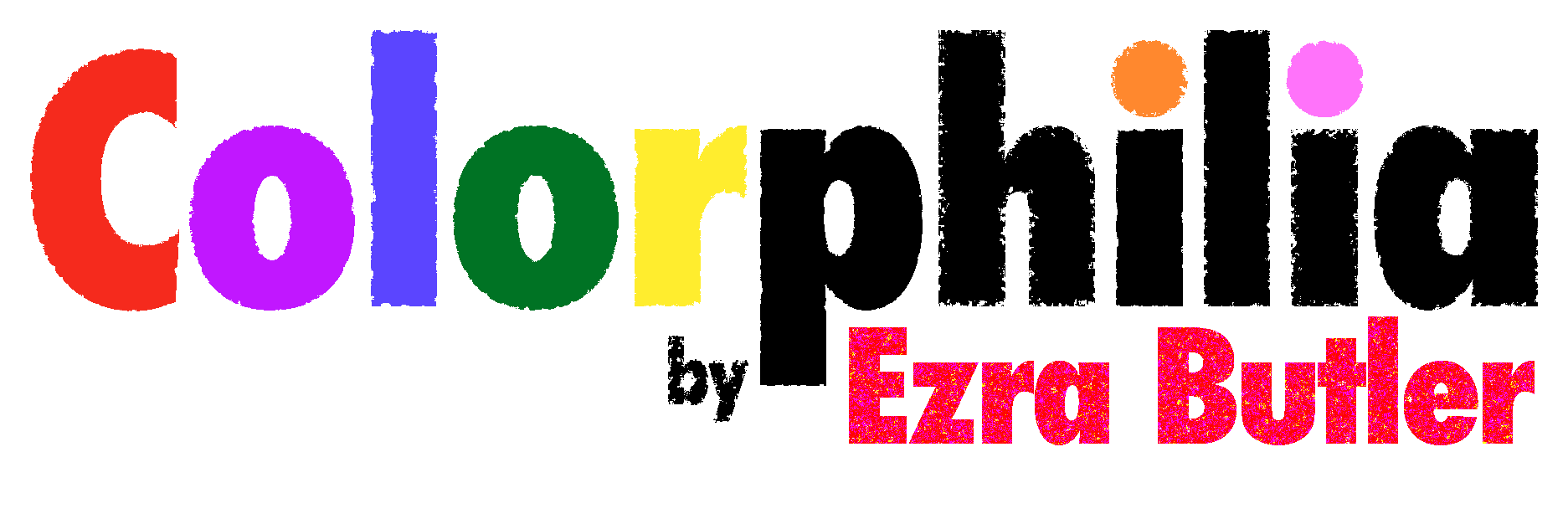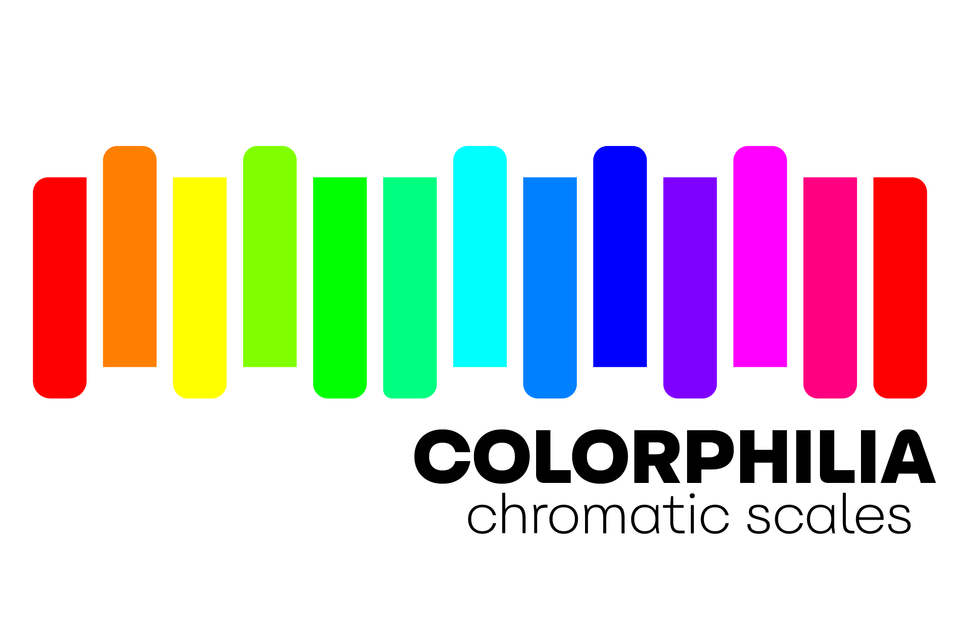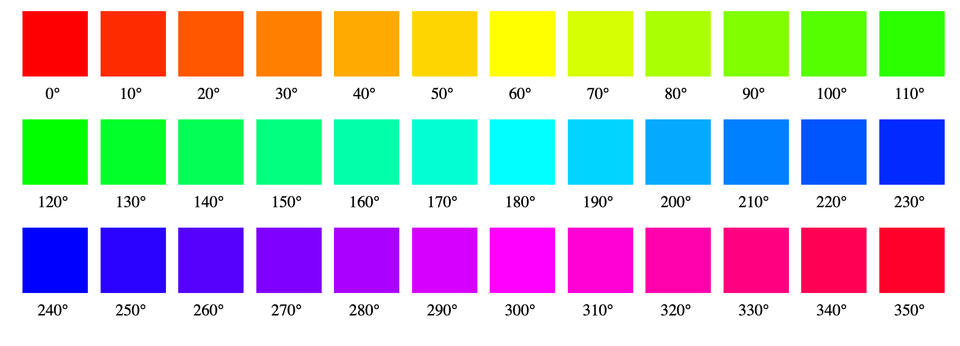The Philosophy of Wonder and the Rainbow
Including quotes from noted philosophers like Plato, Descartes, Kierkegaard, and Kermit the Frog.

In this newsletter I hope to show:
- Roy G. Biv (Red Orange Yellow Green Blue Indigo Violet) is wrong.
- Philosophers love to marvel at rainbows.
The rainbow is a common meteorological phenomenon, in which raindrops act as a prism of the pure light from the sun, resulting in a temporary multicolor image in the sky.
Other similar meteorological phenomena, like thunder and lightening, don’t seem to have a fraction of the same marvel as the rainbow has held for humanity since the beginning of time.
The more we learn about the rainbow, the more it highlights what we can’t see.
The colors of the rainbow
Every culture has their own understanding of what the rainbow represents. Every person seems to perceive its colors differently. Everyone feels something different when they see a rainbow in the sky.
To quote a Dr. Robert Darwin from 1786:
I must here apprize (sic) the reader, that it is very difficult for different people to give the same names to various shades of colours; whence, in the following pages, something must be allowed if, on repeating the experiments, the colours here mentioned should not accurately correspond with his own names of them.
In his Natural Questions, Seneca quotes a poet who wrote:
though a thousand different colors gleam,
the transition between them deceives our watching eyes:
for always the adjacent one is the same,
but the furthest apart are different.
Bad Education
For nearly 200 years, people have been incorrectly teaching children the acronym Roy G. Biv to help remember the colors of the rainbow. It is based on the list of colors Isaac Newton included in his book Optics.
Newton actually used that list to describe the colors of the spectrum of light, but not the colors in a rainbow. He frequently used fewer colors to describe what colors were perceived in the rainbow. He didn’t use orange or indigo in the sections about rainbows.
Moreover, Newton himself fluctuated between writing "violet", "purple", and "violet-purple". He chooses seven colors because of a mathematical curiosity about the length of each of the rays and the intervals of the musical chromatic scales (C,D,E,F,G,A,B). As even he says, " an indefinite variety of intermediate gradations" exist.
In other words, both the chosen colors and the number of colors are somewhat arbitrary.
Additionally, the blue in the American flag is a shade called “Old Glory Blue” and was manufactured from indigo, which was the first American cash crop (before tobacco took over). Which means, there should currently be no difference between indigo and blue.
Before Newton, people would commonly describe the colors of the rainbow in three colors, which seemed to be more than sufficient.
Bifröst
As is told in the 13th century work of Norse mythology called the Prose Edda by Snorri Sturluson we read the following conversation:
Then asked Ganglere: What is the path from earth to heaven?
Har answered, laughing: Foolishly do you now ask. Have you not been told that the gods made a bridge from earth to heaven, which is called Bifröst? You must have seen it. It may be that you call it the rainbow. It has three colors, is very strong, and is made with more craft and skill than other structures.
Ezekiel
While Genesis doesn’t explicitly list any color words to describe the rainbow, we can look to Ezekiel 1:26-28:
Above the expanse over their heads was the semblance of a throne, in appearance like sapphire; and on top, upon this semblance of a throne, there was the semblance of a human form.
From what appeared as the loins up, I saw a gleam as of amber—what looked like a fire encased in a frame; and from what appeared as the loins down, I saw what looked like fire. There was a surrounding radiance.
Like the appearance of the bow that shines in the clouds on a day of rain, such was the appearance of the surrounding radiance. That was the appearance of the semblance of the Presence of GOD.
(JPS 2023 Translation)
The three colors we see are amber (orange-ish), sapphire (blue), fire (red).
The Book of Revelation
In the Revelation 4:3, there are numerous translations of the Latin:
Et qui sedebat similis erat aspectui lapidis iaspidis, et sardini: et iris erat in circuitu sedis similis visioni zmaragdinae.
- And the one who sat there had the appearance of jasper and ruby. A rainbow that shone like an emerald encircled the throne. (NIV)
- And he that sat was to look upon like a jasper and a sardine stone: and there was a rainbow round about the throne, in sight like unto an emerald. (KJV)
- The one seated there had the appearance of jasper and carnelian stone. A rainbow that had the appearance of an emerald surrounded the throne. (CSB)
Probably the most correct translation is jasper (orange-yellow quartz), Sard or Carnelian (a reddish-pink semiprecious stone), and emerald (a green gemstone).
Note that emerald is the dominant color for god here, as opposed to the sapphire of Ezekiel.
Aristotle
In one place, in Meteorological,III,4, 375a, Aristotle described the color of the rainbow as:
- φοινίκουρος (Phoenicurus) referring to both the mythical phoenix-tail, or an expensive crimson dye.
- πράσινος, (prásinos) light leek (green-yellow), and
- αλουργίδα (alourgída), or luxurious clothing dyed with Tyrian purple
He also mentions as the intermediary color between the phoenix-tail and the leek-green:
- ξανθός (xanthos) or golden.
In at least of the four of the cases, there was a obvious luxurious connotation to Aristotle’s color scheme. And while I do not know leek’s complete connotation in Ancient Greek, Plutarch uses it in a proverb: “A lover's purse is tied with the blade of a leek.”
Mistranslations of Aristotle
Every single one of Aristotle’s translators seem to have a different understanding of what colors he wrote were. It’s only three colors, what could be so difficult?
It's both because each of the translators and commentators have their own understanding what the colors of the rainbow are, so they felt the need to have the colors reflect their own reality. But also, there were just blatant earlier mistranslations that they tried to work around.
But again, according to Newton, there can’t be complete or incorrect answer to what the colors are. How can one begin to describe the infinite? Why even try?
Philosophers on Rainbows
For millennia, people have looked to the heavens and it has moved them emotionally, spiritually, creatively, and philosophically. Even the names they created for each of the heavenly objects either tell a story, or explain their perception of the experience.
On the myriad of perspectives about of rainbows, the noted late 20th century Amphibian-American philosopher and poet, Kermit The Frog even asked:
Why are there so many songs about rainbows?
Kermit the Frog
Curiousity
Even René Descartes, the 17th century French scientist, mathematician, and philosopher who famously said “I think, therefore I am”, could not help but marvel at the rainbow.
The rainbow is such a remarkable marvel of nature, and its cause has always been so curiously sought after by good minds, and so little known…
René Descartes
Part of the reason is because the mere act of marveling and wondering is what makes someone a philosopher.
Wonder and Wisdom
As Plato transcribed in his conversation between Socrates and Theaetetus:
Socrates: For this feeling of wonder shows that you are a philosopher, since wonder is the only beginning of philosophy, and he who said that Iris was the child of Wonder made a good genealogy.
(Iris is the Greek goddess who was the rainbow, and the her father was said to be Thaumas, or the word for Wonder. Her mother was said to be Elektra, or amber.)
I can’t read this quote from Socrates without thinking of Psalm 111:10, commonly translated as
The beginning of wisdom is the fear of the LORD;
all who practice it gain sound understanding.
(Translation JPS 1985)
But this is a bad translation. The word yirah is not necessarily fear, but awe.
The second part of the phrase is, “a good understanding of all [God’s] creations”. A better translation, perhaps:
The beginning of wisdom is being in awe of God, and a good understanding all of their [awesome] creations.
In the post-biblical book of Ben Sira (Ecclasiasticus), we see a potential contextualization and relation to the rainbow being a creation of God's:
See a rainbow and bless its creator,
because it is exceedingly radiant in its glory.
Ecclasiasticus 43:11
Marvel, and try to understand.
This sentiment is echoed by Danish philosopher and poet, Søren Kierkegaard.
Everyone, marveling, can see the signs by which God’s greatness in nature is known, or rather there actually is no sign, because the works themselves are the signs. For example, everyone can of course see the rainbow and must marvel when he sees it.
Søren Kierkegaard
Understanding the Science of Creation
Resianne Fontaine, the English translator of Otot Ha-shamayim (signs of the heaven), the medieval Jewish translator Ibn Tibbon’s Hebrew adaption of Aristotle’s Meteorology, wrote in an article:
More than a hundred years ago… M. Steinschneider wondered why this text was the first of Aristotle's works translated into Hebrew, long before Jewish translators tackled the De Anima and the Physics, for example.
The answer was provided almost a decade ago (1990) by A. Ravitzky… he argued that Ibn Tibbon chose this text precisely because of its relevance for biblical exegesis, in particular for a rational understanding of the Biblical account of creation.
Taking his cue from [Maimonides'] Guide II.30, Ibn Tibbon considered the Meteorology to be the exegetical key to the correct interpretation of Genesis 1. Ibn Tibbon read Maimonides as implying that the events related in the creation story should be explained in light of the physical processes and changes described in Meteorology.
Learning more doesn’t take away from the marvel, it adds to it. Blind faith is not a virtue.
In the same poem, Kermit the Frog continued to explain:
…what's on the other side
Rainbows are visions
But only illusions
And rainbows have nothing to hide
So we've been told
And some choose to believe it
I know they're wrong, wait and see…
What's so amazing
That keeps us stargazing
And what do we think we might see
Someday we'll find it…
All of us under its spell,
we know that it's probably magic
We continue to search, we continue to try understand, we are perpetually curious, and even however much we learn, it just amplifies the glory of the ineffable.
Experimentation
The 12th century Arabic commentator on Aristotle’s Meteorology, Ibn Bājja, wrote in his introduction:
It may also occur that we do not know the genus of a thing, such as the rainbow… It may happen that for some of these things we can explain the existence of the genus by means of something connected with the subject; then we have a complete demonstration. It may also happen that we can explain it by means of something else, and in such cases this discipline gives this demonstration absolutely.
In was in this spirit that Isaac Newton studied the nature of light and color. In his experimentation with prisms, he wrote:
But the most surprising, and wonderful composition was that of whiteness… that whiteness is the usual color of light; for light is a confused aggregate of rays indued with all sorts of colors, as they are promiscuously darted from the various parts of luminous bodies.
Within the seemingly simple whiteness of light includes the entire spectrum of color included in the rainbow.
Conclusion
It is not your duty to finish the work, but neither are you at liberty to neglect it.
Ethics of the Fathers, 2:16
Among other things, in researching this, I:
- went through rainbow myths and etymologies from many cultures and languages.
- analyzed dozens of works of art depicting rainbows throughout the centuries, and discovered that they used often used white to depict the rainbow.
- read so many translations of Aristotle, I got in the proverbial weeds about how the 9th century Yahya Ibn al-Bitriq mistranslated κεραννύμενον as being connected to wine (from κρασί), and because of that described it as create a "red-wine color". The problem is that red wine didn't exist during Aristotle's time.
- tried to prove how Isaac Newton's earlier usage of "blew" was actually referring to a blue-green color.
- learned about Thomas Young and his trichromatic theory, which disproves Newton's primary color model of red, yellow, and blue.
- discovered that the gay rainbow flag does not include an indigo stripe.
Rainbows may have nothing to hide, as Kermit the Frog wrote, and they may just be illusions, but even they don't reveal everything.




